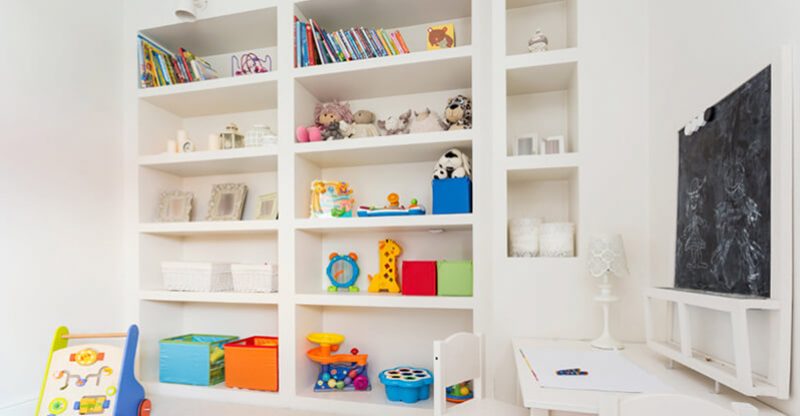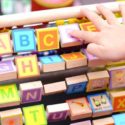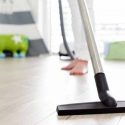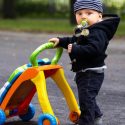28 Steps – How To Organize Toy Closet For Your Kids?
8 Toy Closet Modeling Ideas
Kids and their toys will always leave a mess if left untrained. You need to help your kids learn how to organize toy closet. A toy closet is the best one-stop storage solution for all your kid's toys. And you can deck them out in various innovative ways for maximum utility and convenience.

1. Be Space Savvy
Closets, with their often angular walls and constrained spaces, require smart planning. You can use readymade cabinets to improve the organization of toys.
Be prepared to utilize the wall areas to the maximum. If you want to go DIY, one option would be to hang baskets or boxes from the walls for the toys.
2. Try Mixing & Matching
Easy accessibility is also an important feature to consider when building the perfect toy closet for your kids. You don't want every toy hidden away from sight. So mix and match closed cabinets with open boxes or baskets.
3. Add Durable Flooring
Remember the mess-creating potential that is inherent in every child! The flooring is especially vulnerable when it has a carpet. Install a floating laminate wood flooring to save some money and create a surface that is easy to clean and maintain.
4. Create An Art Station
This one is strictly for the larger, roomier closets. Often, playrooms do not have the right space for a workstation. Adding an art station inside the storage area also means that you get easy access to the art supplies.
You can use small base cabinets for the work surface. They will also add extra concealed storage space.
5. Try To Keep Supplies Close By
This is an extension of the previous point. Since art supplies are numerous and come in diverse colors, you have two ways to handle them. For safer storage, you can easily stow them away in closed cabinets or boxes.
But for a better visual impact, try keeping them in small open organizers. They will also be easier to reach.
6. Using Wall Organizers
The toy closet will be home to toys of all shapes and sizes, as well as other books, magazines, and school papers. This latter stuff can easily get lost amidst the toys.
Mesh wall organizers, strategically placed next to an art station, will keep them well protected. Remember to use drywall anchors and screws to fasten them to the walls securely.
7. Keep Things Light And Playful
Toy closets are supposed to be fun too! Do not forget that aspect when you are building one. You can add many playful and imaginative touches. For instance, you can repurpose cute wooden toys as your door pulls and other fixtures.
8. Use Baskets For Stuffed Toys
Larger stuffed toys look better displayed on walls, rather than stowed away out of sight. You can place them in baskets hung from the walls. Just try to give your kid easy access to the basket.
10 Steps How To Organize Toy Closet?
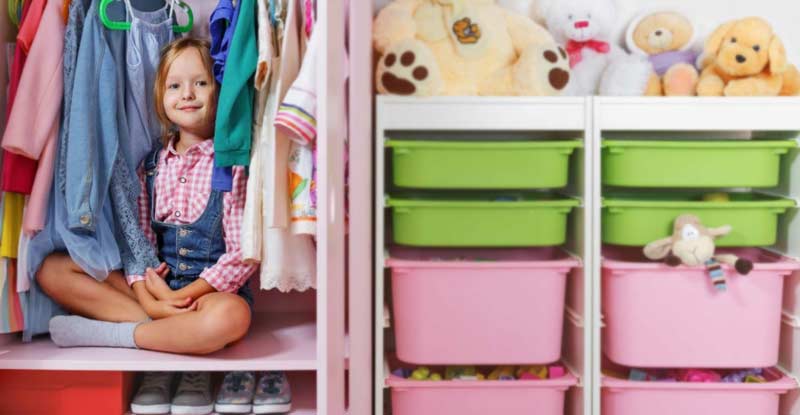
Even after you create a toy closet, chances are high that you will encounter mess and clutter in your home. To prevent this, you can put specific sensible rules in place.
1. Create Cleanup Rules
Give your kids a stark but logical choice: if they want privacy, they will have to keep things neat and tidy. Make them understand that this will reduce the need for frequent inspections of their room.
You can help them organize things better by creating a routine or schedule. For instance, morning routines can be used for clothes and beds, while the evening is the best time to put away toys.
If they are old enough, you can also ask them to perform weekly cleaning sessions using dusters and vacuum cleaners.
2. Pick the Bigger Toys First
The larger toys tend to get in the way and contribute more to creating a visible mess. They can also obscure the small toys, keeping them out of sight.
So teach your kids to start routine cleanups by focusing on the larger stuffed toys and dolls. Once they are securely out of the way, the hunt for the smaller toys and parts can begin.
3. Shoe Bags For Small Toys
A hanging shoe bag is a perfect spot for smaller toys and collectibles. The back of a door is a discreet location for this. Keep the often used toys in easily reachable pockets at the lower end of the shoe bag. Keep the more fragile collectibles out of reach in the upper pockets.
4. Create Animal Corrals
Use storage spots like hammocks to corral all the stuffed animals in one location. Another simpler solution is a basic thread hung between walls.
You can use clothespins to attach the smaller toys to this string. This is also a great spot to display kids art creations.
5. Prioritize Shelves Over Large Boxes
The larger toy boxes tend to be messy inside, as you can end up putting a lot of toys inside them. To avoid this, use smaller shelves to arrange the toys separately. This will make it easier to find individual toys.
6. Use Wall Pegs
These are very versatile accessories. They can add a lot of utility and extra storage options to kids closets and rooms. Use them to hang bags, jackets and other clothes. Remember to install them at a reasonable height, within easy reach for your kids.
7. Add Clothes Rods
Use clothes rods at different heights to store various things. Put out of season clothes on the top rods, with lower rods for daily used clothes. You can choose either tension mounted rods or rods that hang from upper rods.
8. Add a “Donate” Box
This will serve a stern notice to your kids. If they don't handle the mess, they can say goodbye to their toys. Make them aware of the potential consequences of not dealing with the mess.
You can ask them to choose between putting the toys away or inside the donate box. And warn them that if they do neither, you will do it yourself.
9. Add Extra Shelves
Don't shirk away from adding extra storage space in toy closets if there is space available. Shelves are easy to install and can go a long way in avoiding clutter.
With each passing holiday season and birthday, the toy collection will only grow. Adding shelves is a kind of insurance policy for future storage problems.
10. Consider Investing in Closet Organizers
These can be a convenient solution for the better organization of small toy closets. If you are short on time, buying a closet organizer is a recommended option. They are very versatile tools that solve several problems.
They will help reduce clutter. And with multiple storage spaces, they will also help address any space crunch that you are facing.
4 Steps For Creating A Toy Closet
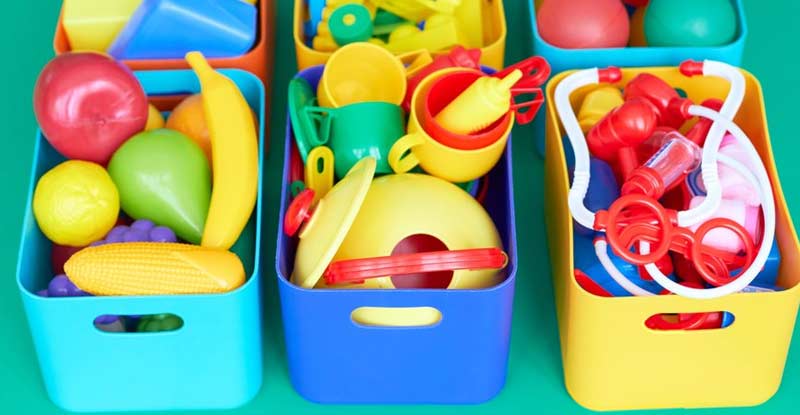
1. Step One: Partition The Wall Space Into Vertical Sections
You should ideally have sections of different sizes for the various toys. Keep the larger ones at around 24 inches. These will house the larger toy boxes and containers, as well as the board games.
Keep the smaller sections at approximately 12 inches, suitable for the individual toys. Try to add adjustable functionality to use the space more efficiently.
2. Step Two: Create Tilted Shelves
Some toys have a hard time staying still. Think balls and other spherical and cylindrical toys. On straight shelves, these will often roll over and fall to the floor.
When building shelves, tilt them towards the back. This will keep all the problematic toys in their place.
3. Step Three: Avoid Deep Shelves
This might seem a bit counter-intuitive: deeper means more storage space right? That’s true, but you have to balance accessibility with storage.
In deeper shelves, the toys at the back will not be easy to reach, especially for the smaller kids. Keep the shelves at 12 or 14 max. Any more would be too much.
4. Step Four: Keep The Bottom Shelf Raised
The bottom shelf is the best place to store all the larger, more massive toys. This means all the toy kitchens, train sets, larger trucks, and strollers and so on. As they are heavier than other toys, placing them on the bottom shelf will safer.
The bottom shelf will need more storage space as a consequence. Place all the frequently used larger toys here. This leaves the higher shelves vacant for the less used, older toys.
6 Tips For Effective Toy Closet Organization
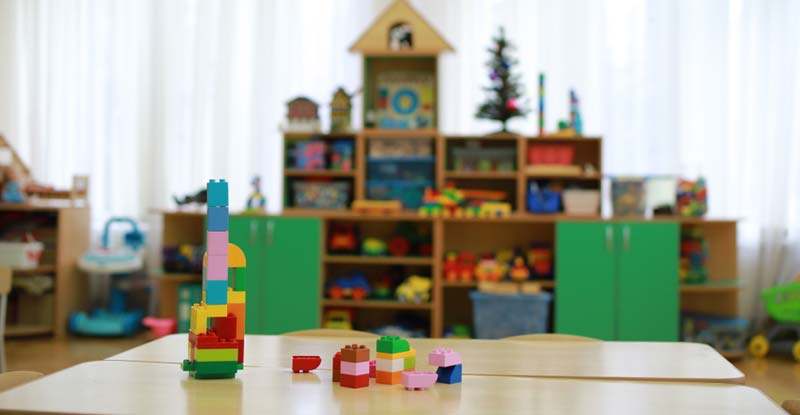
1. Use small plastic containers:
These are the perfect storage solution for the smaller individual toys. The action figures, crayons, and more miniature dolls will benefit from this storage solution.
Use individual boxes for each toy. They will stay protected and last longer as well.
2. Open Boxes For Smaller Kids:
Toy containers should be kept open for smaller kids. This will ensure easy access to their favorite toys. More minor children will have a tough time opening some of the firmer closed boxes.
3. Teach Them To Use Toy Toolboxes:
More than anything, kids love feeling like grownups. So they tend to imitate the action of adults, playing with tools. But this often leads to a mess as they leave their toy tools strewn around. Teach your kids the importance of toy toolboxes for storing the tools.
4. Keep Things Kid-Sized:
Remember that you are building a space for your kids. They love having things in their sizes; it will be easier for them to manage and access. So shape everything down to their size. This includes the shelves, the boxes, the cubbyholes, and the furniture and fixtures in the closet.
5. Label Everything:
This is essential if multiple kids are sharing a closet. Allocate storage spaces to each kid to avoid rivalries and fights. This will also teach your kids how to share storage space in a communal/social setting. They will also learn to respect each other’s property.
6. Use Color-Coordination:
Children are very responsive to colors. The younger ones react better to color, as they often don't have the requisite reading skills.
Remembering colors is more comfortable than remembering words and letters. So you can substitute color-coded containers instead of individual labels.
Some Final Thoughts On Toy Closets For Kids
In many homes, the toy closet is not a purpose-built storage location. It is often an unwanted, unused area, often repurposed to house toys. Hallway closets are commonly used in this manner when toys multiply like rabbits and cause clutter and headache to the parents!
If you cannot find the required space in your kid's rooms, look for a conveniently located closet in the hall or near the living room. Inside a toy closet, the kids will not have access to everything, especially if they are very young.
The adults will have to help them by bringing down the boxes and bins kept on the higher shelves. Try and keep useful rules in place: you can say that only one bin is allowed from a top shelf at any given time.
This will reduce the chance of clutter. And once a box or bin is out of the toy closet, enforce the overnight rule. No toys should be allowed to stay out of the closet overnight.
Your kids can take them anywhere inside the house to play, but they have to return to the closet in the evening. Complex toys like a half-finished Lego set or jigsaw puzzles deserve exemptions though.
Toys, kids, and clutter are inseparable. There is no lasting solution to that. But you can use toy closets to reduce the chaos considerably. A toy closet can also teach kids some valuable life lessons in organizing and arranging things. You can also teach them a sense of responsibility by giving them their storage space.

